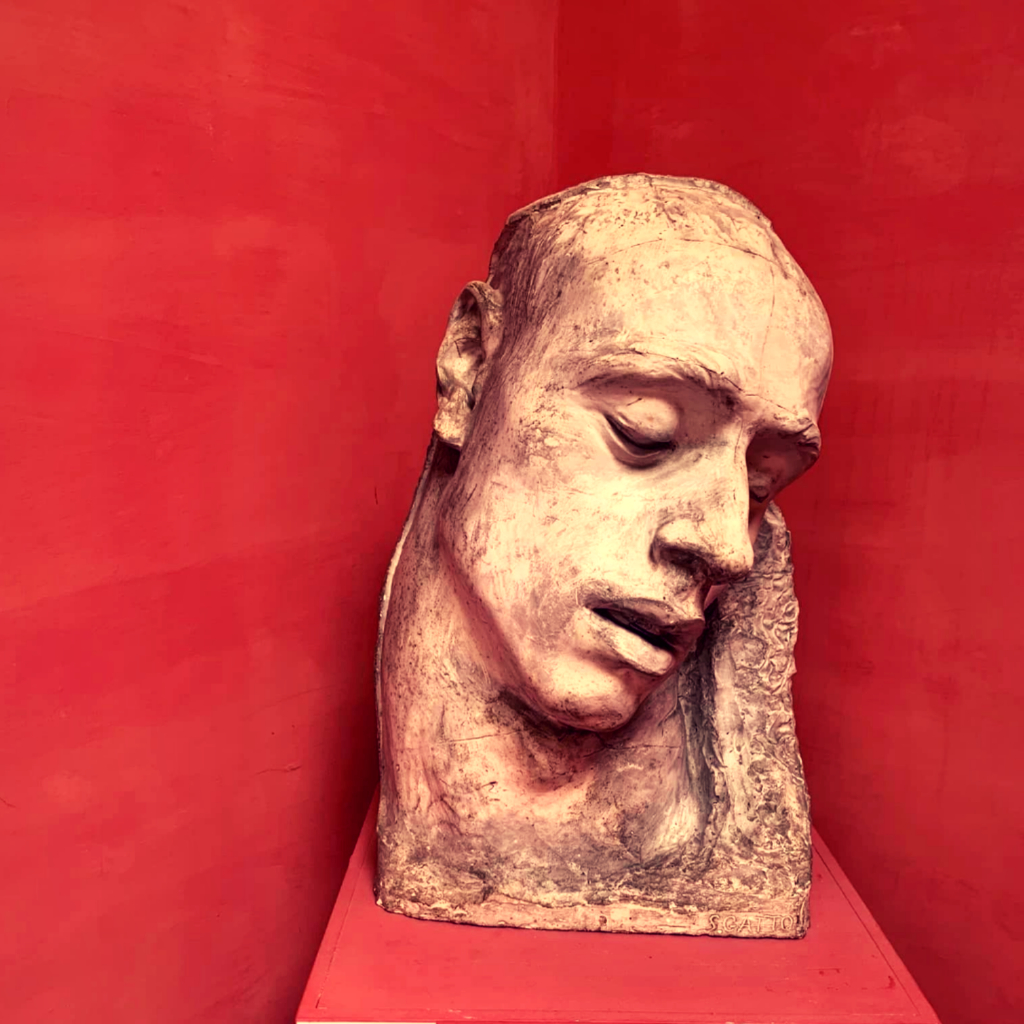Saint Michael’s Sanctuary in the English town of Coventry – a monument of architecture of the 19th century – was completely destroyed during the Second World War. After the end of the war, it was decided not to restore the cathedral, but to preserve its ruins as a monument and build another cathedral next to them. The musical piece for the opening ceremony was ordered in 1961 by Benjamin Britten.
The composer willingly accepted this order as an opportunity to express his civic position. His childhood was fought in World War I, and his friends died during World War II. The work, conceived by Britten, was intended to protest the senseless brutality of war. It got the title «War requiem», but perhaps it would be more correct to call it «anti-war», for Britten it was a monument to those who died in all wars.
The traditional Latin text was used by the composer, but there are poems by Wilfred Owen. Most of the poetry of this English poet was written during the First World War. The poet died in 1918, but Owen’s thoughts were extremely close to pacifist Britten. The main thing in it is regrets about the horrors of the past, facing the future. Unusual was not only the text of «War Requiem», but also the executive staff, which requires two or even three conductors (however, there are known examples of performance with one conductor). The performance features two choirs, two orchestras, an organ and soloists, and the composer has even indicated how the performers should be placed.
Closest to the public are the two soloists, the tenor and the baritone, representing the soldiers, and the chamber orchestra accompanying them. Next, a mixed choir, a soprano soloist and a symphony orchestra create a solemn atmosphere of mass. At a distance from other performers or even behind the scenes is a children’s choir. Supported by the organ, it represents purity. The intonation sources of the Requiem are varied: it is a psalm, a soldier’s song, and music of the palace festivities of England, and a speech warehouse. «War requiem» opens with a mourning procession accompanied by a bell-ringing. Like the singing of angels, the children’s choir invades it. The second interruption of the procession becomes the expressive monologue of the tenor on the poems. In the next part – Dies irae – the main theme is several times preceded by a fanfare signal.
The feeling of the horror of war intensifies the rattling of the percussion. The baritone monologue speaks of a brief and disturbing rest of the soldiers. In the next section, the cry of despair sounds «Recordare Jesu pie». «Lacrimosa» performed by a soprano and the choir sounds like a plea for mercy. «Offertorium» is a choir fugu interrupted by a monologue of baritone. «Sanctus» – the culmination of the work – begins with a jubilant sound, underlined by the timbre of copper brass, but this jubilation is contrasted with the monologue of baritone in apocalyptic tones. The «Agnus Dei» sounds broken. In the final part – Libera me – for the first time in the work unite all performers. But this grandiose part ends with a quiet and calm theme in the spirit of lullaby.
«War requiem» was first performed in 1962 at the opening of the new cathedral in Coventry, for which it was created. His performance meant a lot to Britten, and in the composer’s eyes it was not just a premier, but a symbolic act of reconciliation among the warring nations, so he wanted the performance to be performed by representatives of the three peoples who fought in World War II: baritone Dietrich Fischer-Dieskau, tenor Peter Pears and soprano singer from the Soviet Union Galina Vishnevskaya, whom Britten met during his visit to the USSR in 1960, a soprano party in «War Requiem» he wrote for her. Unfortunately, the Soviet authorities did not allow Vishnevskaya to go to Britain, and she could not participate in the premiere, instead of her Heather Harper.
Galina Vishnevskaya also performed it – in 1963 with her participation «War requiem» was recorded. In the first months, the number of records sold exceeded two hundred thousand – that was an unprecedented case for recording academic music.




